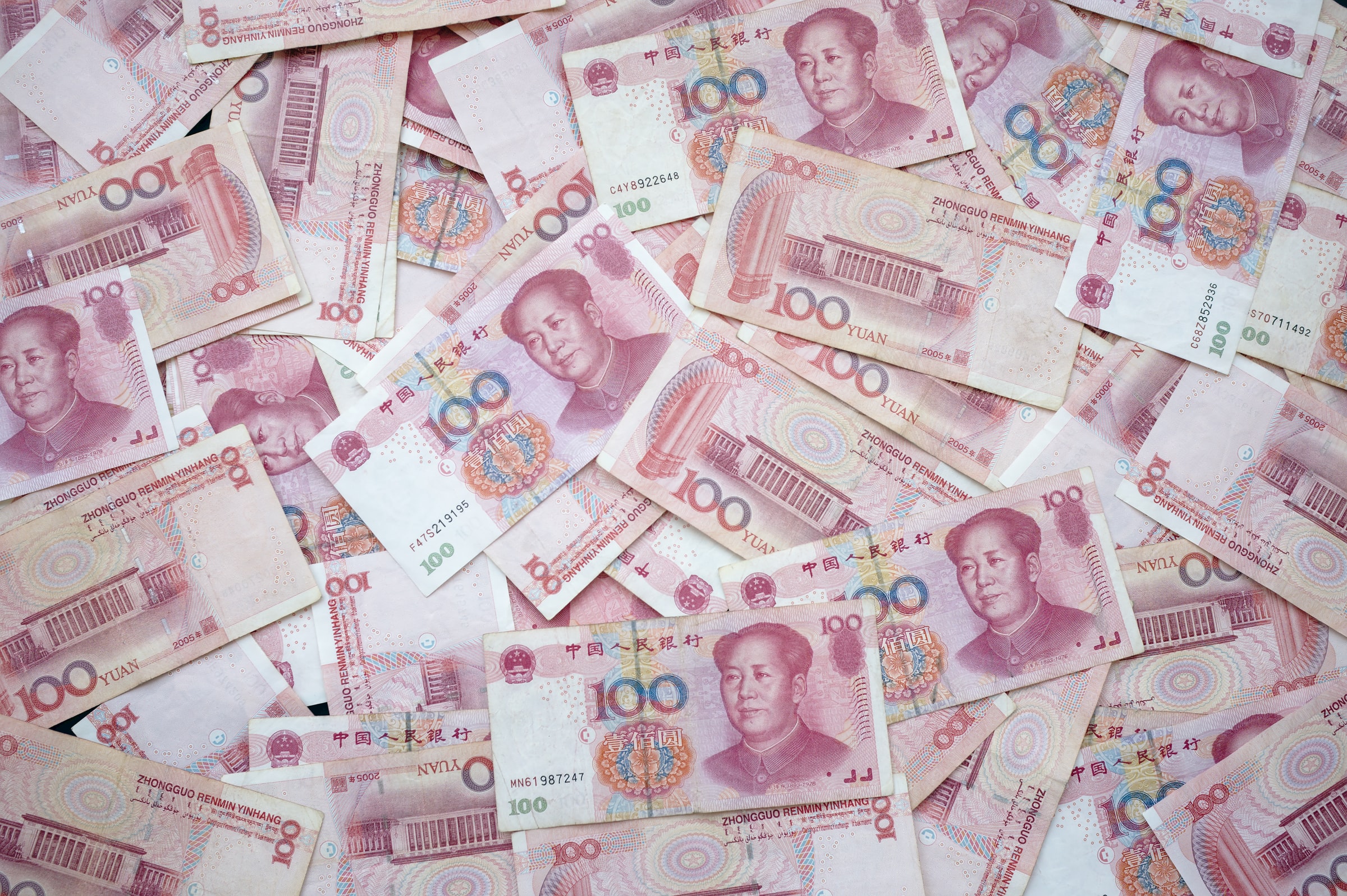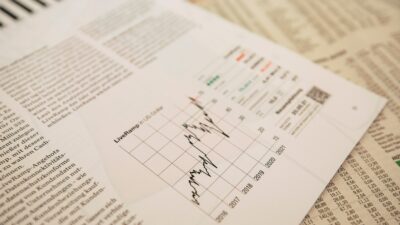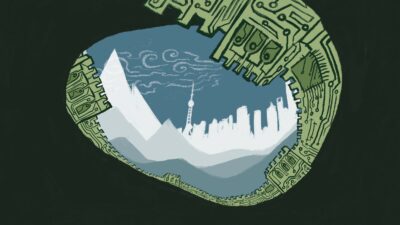Wei Li and Hans Hendrischke

China crucial to early post-COVID-19 economic recovery
China’s economy is poised for a quick rebound. In March, factories reopened and in April, schools started reopening in China’s biggest cities. Daily coal consumption has returned to 90 per cent of pre-COVID-19 levels. But due to the risk of a second wave of infections, social distancing is still strictly enforced. Australia is facing an economic crisis and is more closely interconnected with China than ever before. Can trade links with China assist Australia’s economic recovery as it did through the post-global financial crisis (GFC) period?
The Australia–China economic partnership was crucial for Australia’s 2008–09 GFC recovery. The story was simple. China became Australia’s largest two-way trading partner in 2007, accounting for 13 per cent (AU$58 billion) of total trade. China needed iron ore for its infrastructure stimulus package and Australia could supply high-quality iron ore in reliable quantities.
Ten years later, in 2018–19, two-way trade with China surged past AU$230 billion, well over double the volume of trade with Australia’s second-ranked trading partner, Japan (AU$88.5 billion). Nearly 40 per cent of Australian exports now go to China and one fifth of imports are from China.
Compared to 10 years ago, trade with China is more diversified and linked with a larger number of small and medium businesses in Australia. During the GFC, China was Australia’s top market for intermediate products such as minerals, fuels and agricultural produce — products in high demand in China’s state-owned sector. Today, China’s middle-class consumers have become Australia’s top market for high-quality consumer products such as food, beauty and health products, as well as services like healthcare, tourism and education.
Australian small and medium exporters are targeting China’s expanding middle class. According to Alibaba, during the 24-hour Singles’ Day sale on 11 November 2019, over 2000 Australian brands were selling their goods through TMall and TMall Global. Australia was the fourth-ranked country selling into China — behind Japan, the United States and South Korea but ahead of Germany.
High-quality products involve more Australian service industries and higher value added. For example, digital traceability and blockchain technology facilitate exports of seafood and dairy products to China. For each dollar worth of total Australian exports to China, at least 28 cents of value added is contributed by domestic service industries.
The China trade effect that was concentrated on the resources industry after the GFC is now spread much more widely across Australia’s rural and urban industries.
Australia’s regional and urban export industries, including the tourism and education sectors, will therefore benefit from a quick post-COVID-19 recovery of Chinese consumer demand. China’s consumer spending, now the most important contributor to China’s GDP growth (57.8 per cent in 2019), is showing signs of recovery. China has relied on digital technologies and decentralised economic policy to drive up consumption, rather than centralised stimulus payments through direct deposits or debt-financed guarantees as seen in Australia.
A total of 19 billion RMB (US$2.7 billion) worth of consumption coupons have been handed out by local governments in over 170 Chinese cities. This consumer stimulus is rolled out through digital technologies via Alipay, Meituan, Dianping and WeChat mobile applications. Consumption coupons are efficient, flexible, easy to track and can target specific sectors that suit local circumstances.
During the 1 May holiday week, consumption rebounded strongly. Average daily retail sales increased by one third (32.1 per cent) over the Qingming holiday sales in the previous month. This recovery in middle-class consumer demand bodes well for the future. Middle-class families plan ahead for the future, including for health and retirement expenditure and not least, education for their children, including overseas education.
Growth in consumption is undergirded by stimulus measures for Chinese small and medium-sized enterprises (SMEs). SMEs are the backbone of job creation in China. Many of them now focus on domestic markets, but those focusing on exports rely on government support.
Unlike the post-GFC stimulus in China which targeted physical infrastructure building, the post-COVID-19 stimulus targets communication and service infrastructure such as mobile communication, which is of more immediate benefit to SMEs in the manufacturing and service sectors.
Domestic investment is being directed to ‘new infrastructure’. In May, several local governments published recovery roadmaps for digital transformation including 5G, artificial intelligence and industrial internet, as well as new manufacturing and industrial clusters such as extra-high voltage, intercity high-speed railway, urban subway systems, new energy cars and charging stations.
China remains globally integrated. Foreign direct investment (FDI) in China continues to increase. While the COVID-19 pandemic exposed the vulnerability of global supply chains, localisation of operations leads to more investment in China. US investment in China reached US$14 billion in 2019 from US$13 billion in 2018. FDI into China is less likely to be in labour-intensive manufacturing, but more in digital economy, services and high value added manufacturing. French pharmaceutical company Sanofi has opened its first Asian research and development centre in Chengdu, while German industrial manufacturing company Siemens opened its first artificial intelligence lab outside of Germany in Beijing in 2019.
Australia is facing a bigger crisis now than it did post-GFC, and it is also more closely interconnected with China. This makes the Australia–China economic partnership even more important than it was post-GFC.
This article was originally published by the East Asia Forum. Read the original article.
This is part of a series of insights related to Coronavirus (COVID-19) and its impact on business.
Image: Eric Prouzet
Hans Hendrischke is Professor of Chinese Business and Management at the University of Sydney Business School. He leads the School’s Australia China Business Network and chairs the Business and Economics Cluster of the University’s China Studies Centre.
Share
We believe in open and honest access to knowledge.
We use a Creative Commons Attribution NoDerivatives licence for our articles and podcasts, so you can republish them for free, online or in print.







